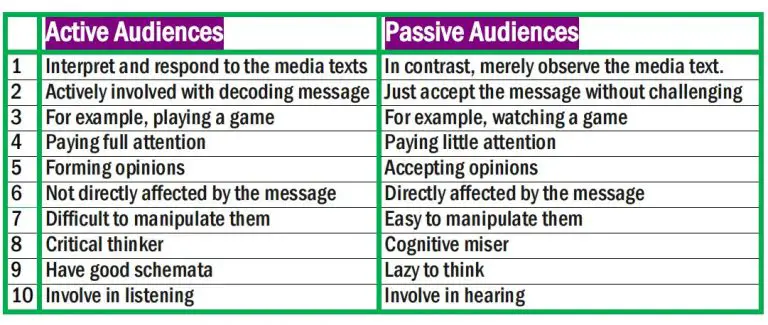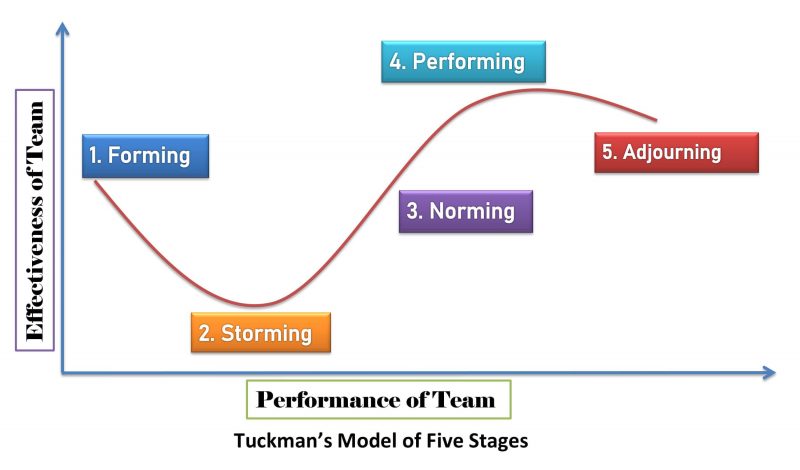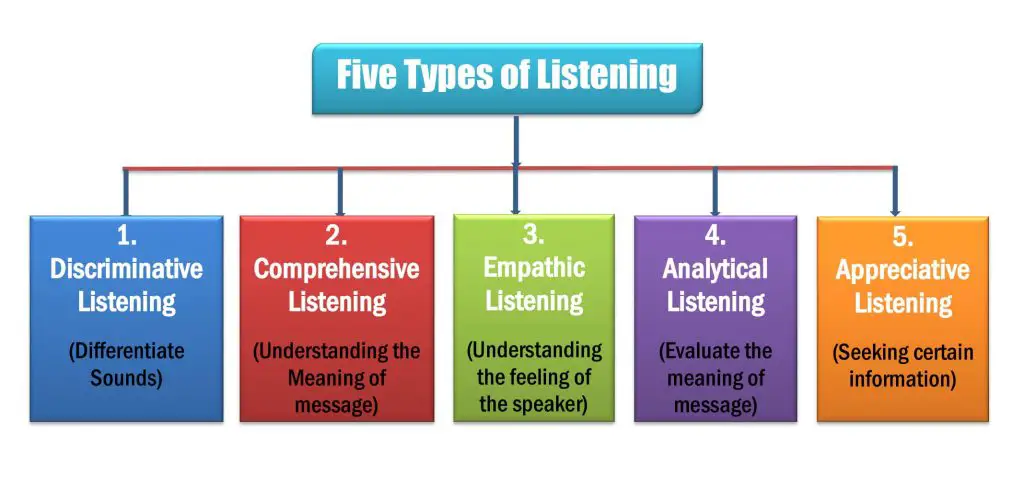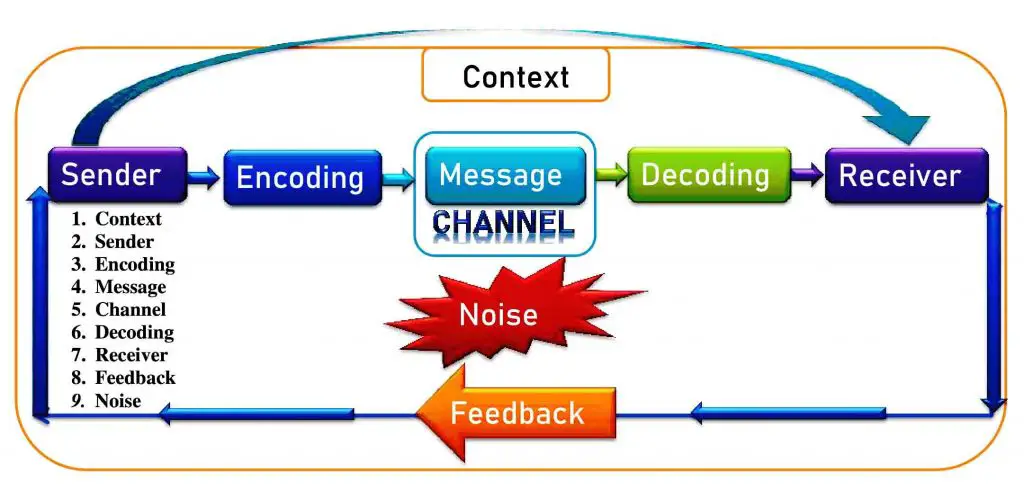Company Rules and Regulations, Company Rules and Regulations for Employee also Business Rules and Regulations. How To Write the Rule and Regulation of Company.
Table of Contents:
- Company Rules and Regulations
- Company Rules and Regulations For Employees
- Business Rules and Regulations
Click Here To Read Full Article-
Company Rules and Regulations
Company rules and regulations mean a set of written policies made by the company higher level of authority and bound to follow all employees and stakeholders. Rules and regulations help the organization to protect from any kind of legal claims and maintain the business with a positive work environment.






